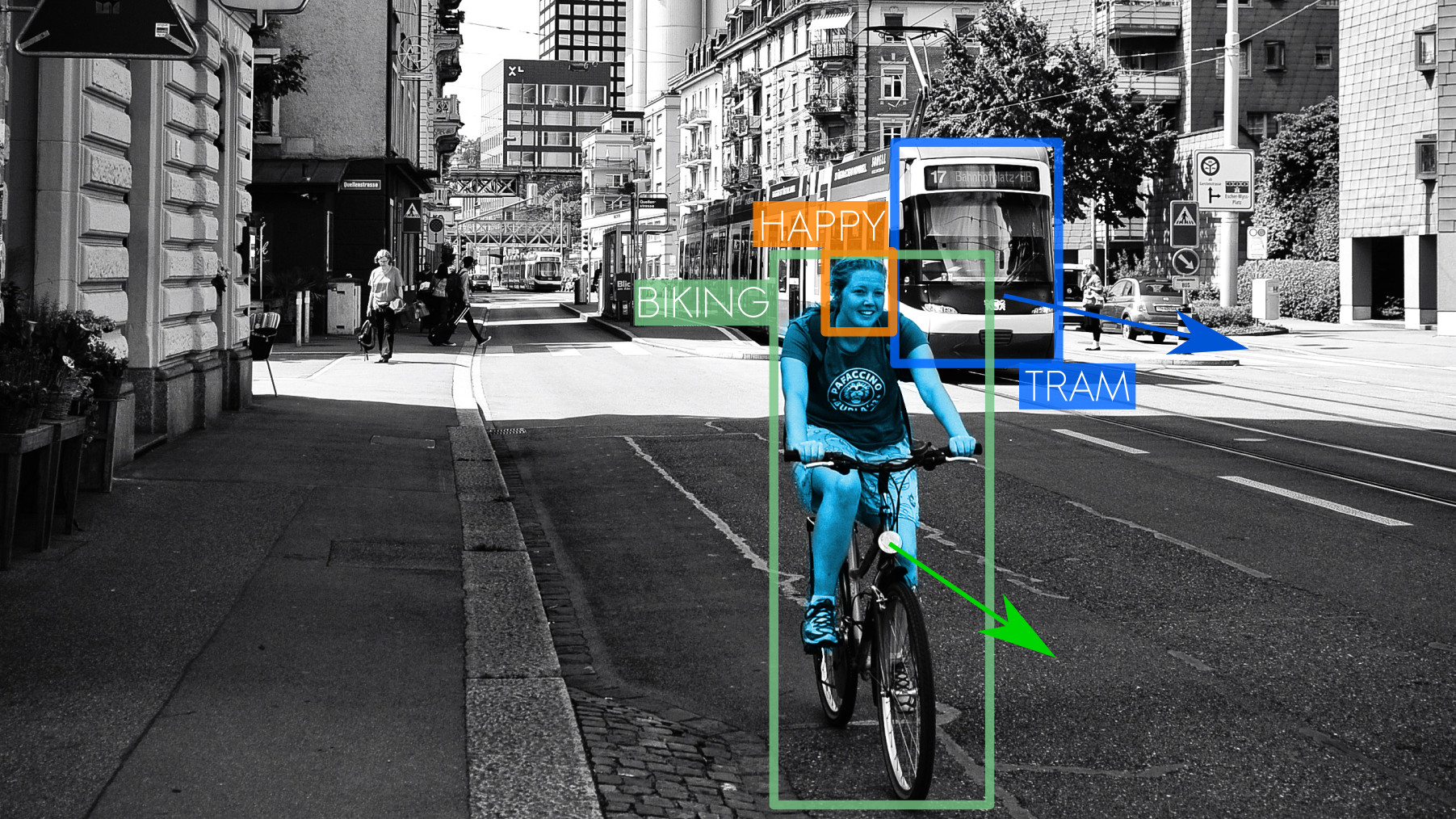KEYS TO SUCCESS

Find and validate AI ideas
- Find ideas that create value for your business
- Criterias to pick the most promising projects
- Validate before you invest

Implementing AI
- Define your data collection strategy
- How AI is implemented: steps and best practices
- The right expertise: what you need to know

Speed, accuracy, scalability: take it to the next level
- Performance at scale
- How to improve accuracy
- Confidentiality
Why this guide?
AI has been the disruptive reason for the rise and fall of business empires.
The problem when implementing AI for your business is that you will have to deal with scientists who have the right tools but don't know how business works.
The goal of this guide is to help you learn all you need to successfully make your AI project a success and avoid wasting time and resources without concrete results.
Part I: AI for your business
Why AI?
AI technologies can benefit your business:
- reduce costs by automating certain tasks (e.g. quality assurance, monitoring)
- create additional revenue streams by offering superior services (e.g. product recommendation)
- create new AI-based services (e.g. music recognition)
To get ideas of what you could do, look for what you would like to improve or pain points in your current business. Also start from solution to get ideas of applications: AI technologies broadly cover these categories: monitor, understand, predict, recognize, optimize.
When you think AI, you might think self-driving cars and chatbots. But AI is not only creating new tech products, it is silently changing how very traditional business is done.
Consider these examples:
- Revolut uses AI to detect payment card fraud and has only 1 support person for 10,000 users
- Starbucks predicts the best location for their new stores with an AI
- Spotify creates a weekly playlist based on user's tastes
- Content distribution websites such as Facebook or YouTube predict how engaging content will be so they can retain them
- Snapchat does virtual disguisement to make selfies fun
- Zalando, Amazon make personalized recommendations
.
 How could it be that startups can challenge the largest companies on the planet? AI gives them an "unfair advantage".
How could it be that startups can challenge the largest companies on the planet? AI gives them an "unfair advantage".
Is AI suitable for your business?
You can now carefully assess the potential impact of different project ideas.
The main pitfalls are twofolds:
- The cost/benefit is not sufficient. Sometimes the savings or potential new earnings don't justify the development.
- The AI does not provide the same experience than if a service is given by a human. For example, an AI concierge or nurse is not quite the same as a real human being.
Before you start implementing, a few points still need to be validated: integration with users and existing systems, availability of data, constraints on confidentiality and performance, impact on business.
Once you have found the right problem to solve, you will be able to create value for your business at scale.
Think users first
Simple is better: re-use user habits as much as possible. AI should make their work easier, not more complicated. Integration with existing workflows and IT systems can be made easy.
It is advisable to validate that a change is useful. For example, users can be shown with wireframes of the future product. A/B tests can be used to give evidence of improvements.
No AI is perfect. This is also the point to determine how to deal with errors and what accuracy is required to make a change meaningful. When accuracy is important, it can be a good idea to semi-automate. This means that the results are checked by a human and corrected if need be. It is also possible to build confidence indicators to determine what needs to be manually checked.
Roadmap
- Find a suitable problem to address with AI
- Understand how to integrate with existing processes and systems
- Collect and pre-process data
- Build a proof-of-concept
- Improve accuracy and speed
- Scale up

Implementing AI
- Define your data collection strategy
- How AI is implemented: steps and best practices
- The right expertise: what you need to know



 How could it be that startups can challenge the largest companies on the planet? AI gives them an "unfair advantage".
How could it be that startups can challenge the largest companies on the planet? AI gives them an "unfair advantage".